Because it is traditionally only offered in restaurants for a few weeks in October/November, the Martinigansl is something very special. This one is a very good recipe, where the roast goose is stuffed with chestnuts and dried plums.
Martinigansl goose roast is traditionally served with red cabbage, cooked with apples and red wine, and potato dumplings or bread dumplings.
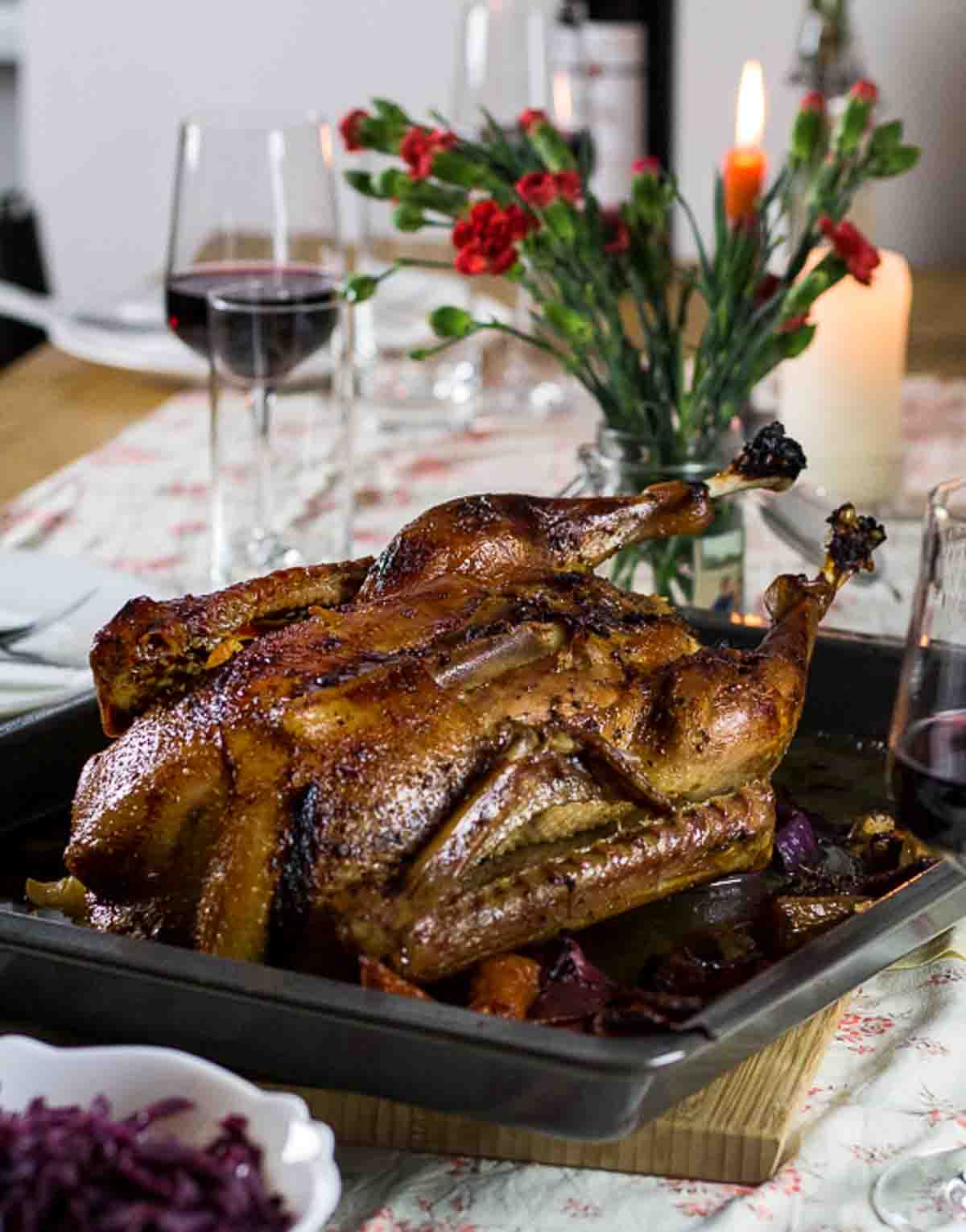
Jump to:
- But what is a Martinigansl and why is it called like that?
- What do I have to consider when buying a goose?
- What do I do with the giblets?
- Goose with stuffing or not?
- How to prepare the goose for a roast
- How long to roast a goose
- How to defrost the goose
- Goose Roast gravy
- Traditional side dishes for Goose Roast
- Martinigansl - Austrian Goose Roast with chestnut and dried plums stuffing
But what is a Martinigansl and why is it called like that?
Saint Martin of Tours, who was born in the 4th century in today's Hungary and has worked in France a lot of his life, is probably one of the most famous saints in Austria (and Europe). Especially for children, there are many traditions around St. Martin's day on the 11th of November.
There are different songs and then there is a lantern feast, with homemade lanterns and an exciting parade. In Stammersdorf, where my family lives, there has always been a play from the parish where the most important scenes of St. Martin's life were shown. The main act was a real pony, which occurred in the show.
This was always something special, the parade and the lights, and the crafting of the lantern ...
As an adult, only one of these traditions remains for you: the Martinigansl! (Not bad either, right?)
But what does this have to do with the Martinigansl?
Saint Martin was known as a very modest man.
As his good deeds didn't take long for word to spread, it was decided that Martin should become the new bishop. However, because he was too modest for this position and wanted to lead a simple life, Martin ran away.
He hid himself in a goose's stall to escape the consecration. But the geese chattered so loudly, that the people found him, finally.
He became bishop (apparently this decision was not on him) and has done many more good deeds.
Only towards these geese that had betrayed him, he was not very well disposed, so he ordered to have them prepared for dinner...
And this is why Austrians (and Hungarians) eat Martinigansl every November! ;D
What do I have to consider when buying a goose?
When you buy a goose, please take care, that it is not a force-fed goose. (also the meat does not have the same quality when force-fed)
In Austria, you mostly buy the goose "oven-ready", which means the giblets are already removed. (They come in an extra plastic bag, together with the goose)
My goose had around 7 lbs and was enough for 7 persons, but we had a lot of side dishes. In general, you would buy a bit more than 1 lb of goose for every person coming to your feast. (So when more than 6-7 persons are coming, you may buy a larger or a second goose)
What do I do with the giblets?
We made a delicious goose soup with the giblets and used it for the gravy. After the soup was ready, we roasted the giblets in a pan, with some garlic and parsley, and served them as a starter.
Goose with stuffing or not?
Depends! You don't need the stuffing necessarily, but it adds a lot of flavor. And depending on the stuffing, you have an extra side dish to serve with the goose. If you don't want to make a stuffing, you can fill it with a few apples. They are supposed to add flavour, but also to absorb the fat. Therefore, the apples can be disposed afterwards.
How to prepare the goose for a roast
After you stuff the goose, you gotta "sew" it with toothpicks or kitchen string to prevent the stuffing from falling out. Also, to prevent the legs from burning and from putting their feet up in the air.
This video shows you how to do that on minute 7:24:
How long to roast a goose
We had it in the oven for almost 4 hours, at 356°F (180°C), although the bird was very small. And it turned out great!
But every recipe and every oven is different, so you may have to try it out yourself. In general, you may need at least 20 minutes of time per 1 lbs of goose. (40 minutes per kilogram)
How to defrost the goose
If your goose is frozen, it needs at least 1-2 full days to defrost in the fridge, depending on the size.
It should be taken out of the packaging so that it is not lying in its own condensation water. I unpacked it and placed it on a baking rack. Under the baking rack, I put a baking sheet to catch the water. Then I wrapped the whole thing well with cling film. Alternatively, the goose can be put into a large sieve (put a bowl underneath).
Help! My goose is still frozen and the guests are coming soon!
My goose was still frozen after 20 hours of defrosting in the fridge. So we put it in warm water. For this we washed the sink in the kitchen very well and let it defrost for 1-2 hours. (We wrapped it with cling film again) 😉 Afterwards wash the sink and disinfect very well again (salmonellae risk)!
Goose Roast gravy
Gravy! You are heaven! You are worth all the pain and effort we spend to make a roast! So we take some extra effort to make some wonderful gravy:
We had an extra soup cooked (with the giblets). The goose was roasted in the oven for about 1 hour without juice. Then we poured the soup. But before pouring the soup, you should already skim some of the fat from the tray.
We poured soup again and again, so that it does not dry out.
When the roast is finished, we removed the goose from the tray and put the gravy into an extra bowl. Before serving, the rest of the fat must be skimmed off.
Traditional side dishes for Goose Roast
Martinigansl goose roast is traditionally served with red cabbage, cooked with apples and red wine, and potato dumplings or bread dumplings.
Also, all kinds of seasonal oven roasted veggies like pumpkin or red beets fit very well.
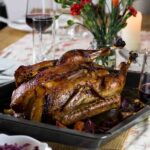
Martinigansl - Austrian Goose Roast with chestnut and dried plums stuffing
Zutaten
for the goose and stuffing
- 1 goose oven-ready, 3-3,5 kg / 6-7 lb
- 1 onion for the stuffing
- 1 tbsp. Butter
- ~4 US cups bread cubes dried buns, cut into small cubes/ ~⅓lb / 150g
- ~1 US cup chestnuts precooked / ~0.20lb / 80g
- ~1 US cup dried prunes ~0.20lb / 80g
- 2 tbsp. spice mix ready-made bread spices or: fennel seeds, caraway, anis, coriander
- 1 handfull parsley chopped
- ~0.6 US cup milk 150ml
- 2 eggs
- salt
- pepper
- 2 bunch soup greens onion, carrot, turnip, parsnip, celery, leek, parsley
- 2 tbsp. Butter to spread on the goose
- 4-5 tbsp. oil for the baking tray / frying pan
- 1 tsp. rosemary, thyme, marjoram to rub on the goose
- 1 tbsp. honey to spread on the goose only at the end
for the gravy
- giblets
- ~6.5 US cups water for the soup
- 1 bunch soup greens onion, carrot, turnip, parsnip, celery, leek, parsley
- 2 pcs. onions for the soup and the gravy
- 6 cloves garlic or more! for the soup and the gravy
- 2 tbsp. garden lovage for the soup
- 4 juniper berries for the soup
- 5 pepper corns for the soup
- 2 laurel leafs for the soup
Anleitung
Stuffing
- Cut one onion into small pieces and sauté in butter. Cut the prunes into small pieces. Crush the precooked chestnuts. Chop parsley. In a bowl, mix all of the ingredients for the stuffing and 1 teaspoon of spices (bread spice or fennel, caraway...).
Prepare goose
- In the meantime pre-heat the oven (180 ° C circulating air / 356°F) and prepare the goose.
- Wash the goose and place on a deep baking tray or frying pan. Remove the giblets. (Mostly already prepared and wrapped in plastic)
- Season the goose inside and outside well with salt, pepper and marjoram, rosemary, thyme and 1 teaspoon of spice mixture. Rub the spices very well. Spread with liquid butter.
- Fill with chestnut and plum mixture. Close with toothpicks so that the filling does not fall out. Connect the wings and legs of the goose with a kitchen yarn so they do not burn too early during roasting. Pierce the skin a few times on the so that the fat can drain and the skin becomes crispier.
- Spread 1-2 tablespoons of oil on the roasting pan or the baking tray and place the goose with the breast side downwards. (The goose is turned around afterwards)
The soup
- In a pot, let boil 1 liter / 6 cups of cold water with all of the ingredients for the soup. Let it simmer for about 30-60 minutes at medium temperature. Season with salt.
Turn goose & finish roasting
- After 1-2 hours with the breastside downwards the goose can now be turned and remains in the oven for 1.5-2 additional hours. The fat that has drained off onto the baking sheet can already be skimmed, otherwise the roast becomes too greasy.
- When the soup is ready, strain giblets and the vegetables with a sieve. The giblets can, for example, be served separately. (We have fried them with some oil, parsley and garlic and had them served as a starter)
- Pour the soup to the roast. Approx. Every 15 minutes or so, pour over the roast.
- Just before the roast is finished, spread with honey and turn the temperature slightly higher to make the skin crispy. From this moment on, do not pour any more soup.
- When finished, cut the goose lengthwise on the breast side and take out the stuffing. Serve stuffing in slices, about an inch thick.Cut the goose into pieces and serve immediately or roast for another few minutes, if you want the skin extra crispy.
(c) by Angelika Kreitner-Beretits / Vienna Sunday Kitchen
November 4, 2023 Hast du das Rezept ausprobiert? Dann freue ich mich über deine Bewertung!! / Rate this Recipe!
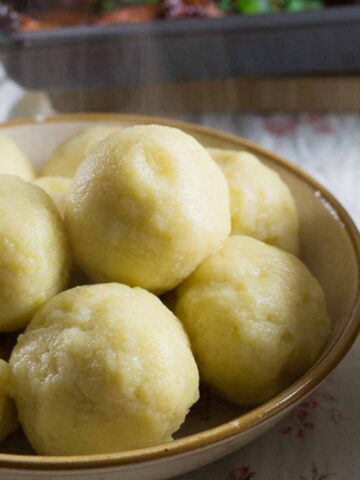
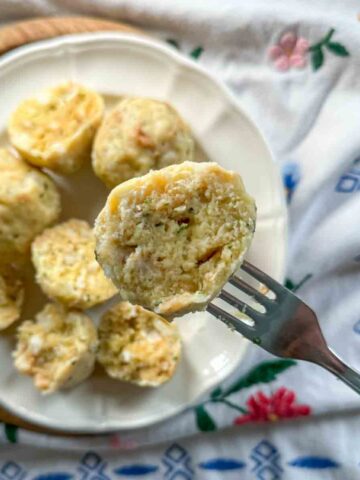
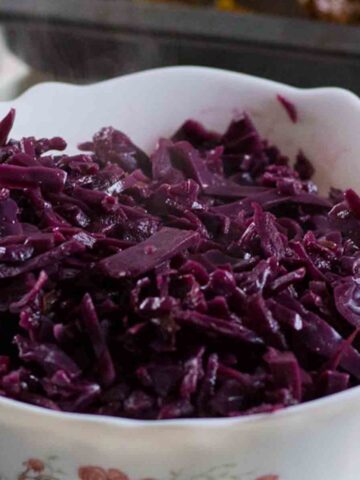
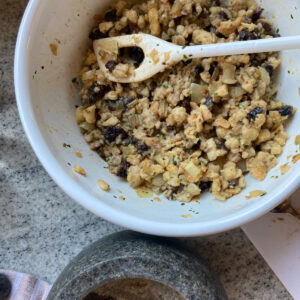
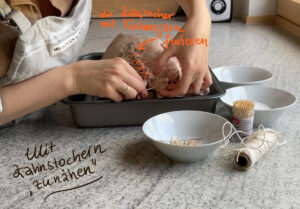
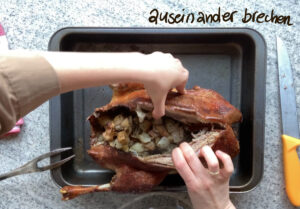
Ich freu mich über deine Rückmeldung zum Rezept in den Kommentaren!